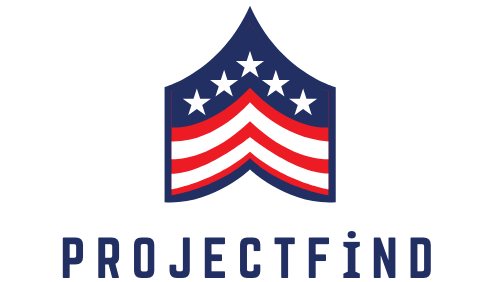Project Planning Matrix: Your Blueprint for Success
The Design Structure Matrix (DSM) serves as a concise and visual representation of a system or project, taking the form of a square matrix. Equivalent to an adjacency matrix in graph theory, DSM finds applications in systems engineering and project management. Its primary purpose is to model the structure of intricate systems or processes, enabling system analysis, project planning, and organizational design. Coined by Don Steward in the 1960s, the term “design structure matrix” originated from the use of matrices to solve mathematical systems of equations.
A design structure matrix encompasses all constituent subsystems/activities along with the associated information exchange, interactions, and dependency patterns. For instance, when matrix elements denote activities, the matrix outlines the required information to initiate a specific activity and illustrates the destinations of the information generated by that activity. Consequently, one can readily identify activities reliant on the information outputs produced by each specific activity.
The utilization of DSMs has experienced a significant surge in both research and industrial applications. These matrices have found diverse applications across various industries, including building construction, real estate development, semiconductor, automotive, photographic, aerospace, telecom, small-scale manufacturing, factory equipment, electronics, and numerous government agencies. The versatility of DSMs makes them a valuable tool for understanding, planning, and optimizing complex systems and processes.
What is a Logframe matrix?
A logframe matrix is a succinct document that delineates the critical elements contributing to a project’s success in achieving its goal.
Comprising a 4-column by 4 or 5-row matrix, a logframe matrix serves as a structured guide:
- Hierarchy of Activities to Outcomes: The first column outlines the sequential hierarchy of activities leading to desired outcomes for the project to thrive.
- Indicators: The second column denotes the indicators serving as appropriate measures to assess the accomplishment of activities, outputs, or outcomes.
- Data Source: The third column identifies the data source or method employed to validate the specified indicator.
- Assumptions: The crucial last column details the assumptions necessary for the successful realization of the respective activity, output, or outcome.
Logframe Matrix Concept Overview:
The assumptions column introduces complexity that projects must consider. Examples of assumptions may include having staff with the requisite skills, active engagement of the target group, and other pertinent internal and external factors. Unmet assumptions pose risks, warranting a thorough risk analysis. Participants contributing to the problem/solution tree should brainstorm the assumptions column.
The logframe matrix, integral to project planning, typically follows stakeholder analysis and problem/solution tree development, forming the Logframe Approach (LFA) to project planning. A solution tree’s lower branches often signify the necessary ‘activities,’ while the upper branches represent outputs and results. The purpose generally aligns with the ‘core problem,’ and the branches above the problem constitute the ‘goal’ in the matrix.
Vertical Logic: The vertical logic, connecting the first and last columns, illustrates the sequential steps culminating in the realization of outcomes—a means-end relationship. Reading from the bottom up, each row’s assumptions must be met for the hierarchy to be achieved. Undertaking activities, assuming the assumptions are met, leads to the attainment of outputs.
Horizontal Logic: Each row in the horizontal logic represents a succinct outline for monitoring and evaluating the project. While this can serve as a monitoring and evaluation (M&E) plan, it is advisable to utilize the matrix as a foundational document, expanding it into a comprehensive M&E plan.
How do you write a logframe matrix?
Whether embraced or disliked, logframes, also known as logical framework matrices, constitute an essential component of an aid worker’s toolkit. Many in the humanitarian field find them indispensable for project planning, and increasingly, donors request logframes as integral parts of funding applications.
But, what exactly is a logframe?
Logframes originated from a planning methodology employed by the US military, which might explain their perceived rigidity. Adopted by USAid in the 1960s for development projects, logframes have evolved into a standardized approach mandated by donors for grant applications.
At its core, a logframe takes the shape of a 4×4 table comprising 16 cells, although this format isn’t strictly binding. Within this table, you articulate your objectives and delineate the path to achieving them. Theoretically, crafting a logframe is intended to streamline project planning and management by providing a visual representation of the sequence in which actions lead to the overarching goal.

